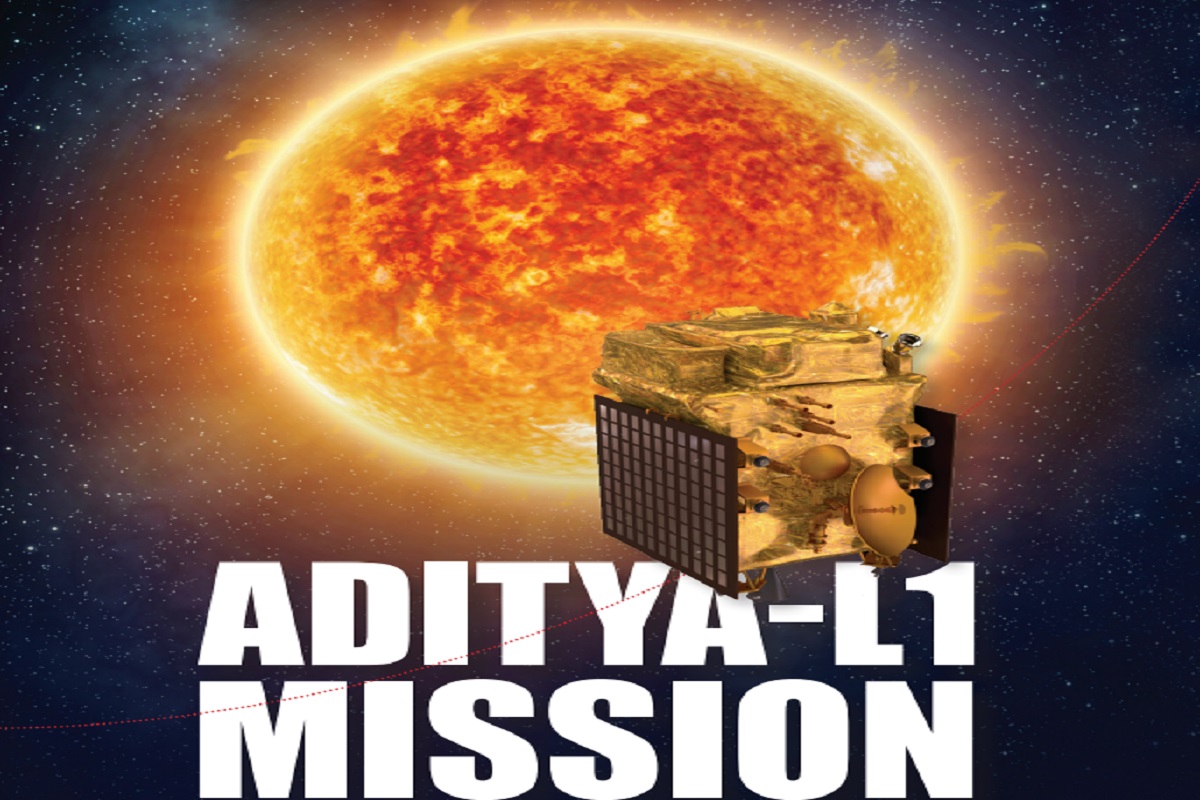In a major achievement, the Indian Space Research Organisation (ISRO) on Saturday successfully placed it’s first observatory class solar mission Aditya-L1 into a Halo orbit around Lagrange Point L1.
As part of the final Halo-Orbit Insertion maneuver, ISRO fired the control engines of Aditya L1 spacecraft for a small duration and successfully placed it into an orbit around the Lagrange Point L1 between the Sun-Earth System.
“Halo-Orbit Insertion (HOI) of its solar observatory spacecraft, Aditya-L1 was accomplished at around 4 pm on January 6, 2024. The final phase of the maneuver involved the firing of control engines for a short duration. The success of this insertion not only signifies ISRO’s capabilities in such complex orbital manoeuvres, but it but gives confidence to handle future interplanetary missions,” the ISRO said in a statement.
The Aditya L1 mission will now be able to continuously view the Sun from the Lagrange Point L1 without any obstructions.
The observatory class Sun mission is carrying seven payloads – Visible Emission Line Coronagraph(VELC), Solar Ultraviolet Imaging Telescope (SUIT), Solar Low Energy X-ray Spectrometer (SoLEXS), High Energy L1 Orbiting X-ray Spectrometer(HEL1OS), Aditya Solar wind Particle Experiment(ASPEX), Plasma Analyser Package For Aditya (PAPA), and Advanced Tri-axial High-Resolution Digital Magnetometers – to study the only star in our solar system.
The Lagrange point L1 is basically a location in space where the gravitational forces of the Earth and the Sun balance out. This allows a third smaller object such as a spacecraft to orbit in a stable position with the two larger bodies.
From this point, ISRO said, Aditya L1 would be able to observe the Sun without any eclipses and obstructions. The placement around the L1 point will provide the spacecraft with a greater advantage in observing solar activities in real time.












